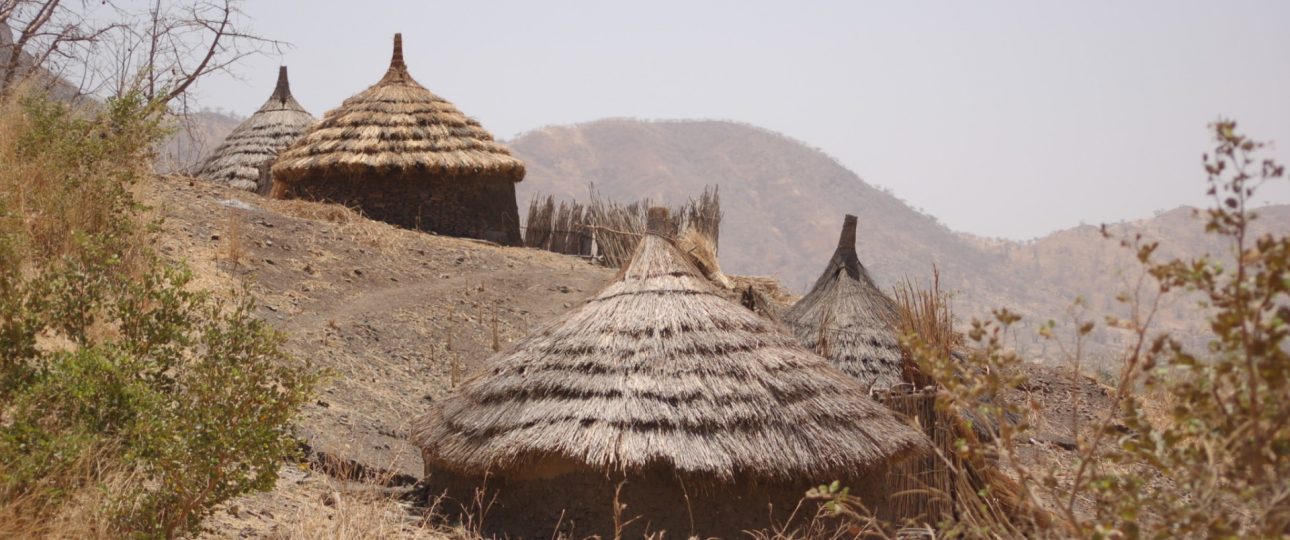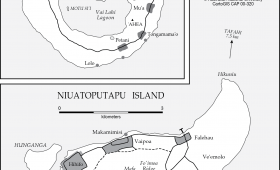Exploring the Nuba Mountains in Sudan
For those seeking an adventure beyond the usual tourist routes, the Nuba Mountains in Sudan offer a unique experience. This region, located in South Kordofan, is known for its striking landscapes and rich cultural tapestry. However, it’s essential to be aware of the political and logistical challenges that come with visiting this area.
Geography and Landscapes
The Nuba Mountains span approximately 48,000 square kilometers (19,000 square miles) and rise between 450 to 900 meters (1,500 to 3,000 feet) above the surrounding plains. The climate here is semi-arid, with a rainy season from mid-May to mid-October, making the landscape lush and green during these months. The region is characterized by its inselbergs—large hills made primarily of igneous rock.
While the area is visually stunning, it’s important to note that there are almost no roads. Most villages are connected by ancient paths, which are not accessible by motor vehicles. This makes travel within the region challenging but rewarding for those who enjoy off-the-beaten-path exploration.
Cultural Heritage
The Nuba Mountains are home to a diverse array of ethnic groups, each with its own traditions, languages, and customs. A significant cultural activity here is traditional wrestling, which showcases the strength and agility of the local people. Engaging with the communities can provide insights into their way of life, but visitors should approach with respect and sensitivity to the ongoing political tensions.
Local markets offer a glimpse into the artistic heritage of the region, with unique handicrafts, textiles, and jewelry. The beadwork is particularly noteworthy, reflecting the area’s rich artistic traditions.
Travel Considerations
Traveling to the Nuba Mountains requires careful planning. The most straightforward route is to fly into Khartoum, Sudan’s capital, and arrange for domestic transportation. Options include hiring a private car or taking a train, though the latter offers limited access due to the lack of roads.
Once in the region, transportation is primarily by four-wheel-drive vehicles or local taxis. For shorter distances, minibusses and motorcycles are available, but travelers should be prepared for rough, unpaved roads.
Best Time to Visit
The optimal time to visit the Nuba Mountains is during the dry season, from November to February. During this period, the weather is more comfortable, and the landscapes are vibrant. However, visitors should remain informed about the political situation, as tensions can affect travel plans.
Political Context
The Nuba Mountains have a complex political history, marked by conflict and tension. The region did not gain the right to join South Sudan during its independence vote in 2011, leading to ongoing disputes. The Sudanese government maintains a significant military presence, and the area has been subject to violence and humanitarian challenges.
Travelers should be aware of the potential risks and stay updated on the current situation. Engaging with local guides and organizations can provide valuable insights and ensure a safer experience.
While the Nuba Mountains offer breathtaking landscapes and a rich cultural experience, they also present challenges that require careful consideration and respect for the local context. For those willing to navigate these complexities, the region promises a journey unlike any other.




